Sierra Leone year 2006 History of Space Exploration MNH
The history of space exploration is an awe-inspiring journey that spans decades of scientific advancement and human endeavor. Here’s a brief overview:
- Early Rocketry: The journey began with the pioneering work of visionaries like Konstantin Tsiolkovsky and Robert Goddard in the early 20th century, who laid the theoretical groundwork for space travel. Their experiments with liquid-fueled rockets set the stage for what was to come.
- Space Race: The rivalry between the United States and the Soviet Union during the Cold War era fueled the rapid progress of space exploration. In 1957, the Soviets launched Sputnik 1, the first artificial satellite, marking the beginning of the space age. This was followed by Yuri Gagarin’s historic flight in 1961, making him the first human in space. The U.S. countered with its Mercury and Gemini programs, leading to the Apollo program, which culminated in the 1969 moon landing by Neil Armstrong and Buzz Aldrin.
- Space Stations and Shuttle Era: Following the Apollo missions, both the U.S. and the Soviet Union shifted their focus to developing space stations. The Soviet Union launched the first space station, Salyut 1, in 1971, while the U.S. developed Skylab. In 1981, NASA’s Space Shuttle program began, providing a reusable spacecraft for various missions including satellite deployment, space station construction, and scientific research.
- International Cooperation: As the Cold War thawed, international cooperation became more common in space exploration. This led to projects like the International Space Station (ISS), a collaborative effort involving multiple countries, which has been continuously inhabited since 2000.
- Exploration of the Solar System: Alongside human spaceflight, robotic missions have explored the solar system extensively. Notable examples include the Voyager missions, which provided humanity with unprecedented views of the outer planets and beyond, as well as the Mars rovers Spirit, Opportunity, and Curiosity, which have been exploring the Martian surface for decades.
- Commercial Spaceflight: In recent years, the landscape of space exploration has been changing rapidly with the emergence of commercial space companies like SpaceX, Blue Origin, and others. These companies are working on making space more accessible through innovations in rocket technology, with goals ranging from satellite deployment to crewed missions to Mars.
- Future Exploration: Looking ahead, space agencies and private companies are planning ambitious missions to return humans to the Moon, establish a permanent presence on Mars, and explore other celestial bodies like asteroids and moons of outer planets. Additionally, advancements in space telescopes promise to deepen our understanding of the universe.
Throughout its history, space exploration has not only expanded our scientific knowledge but also inspired generations with its spirit of exploration and discovery.

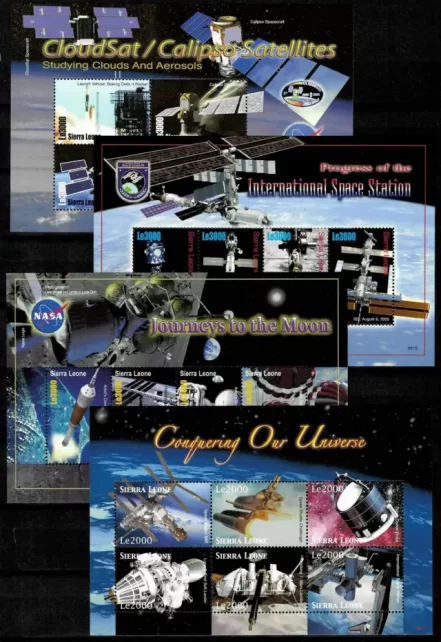
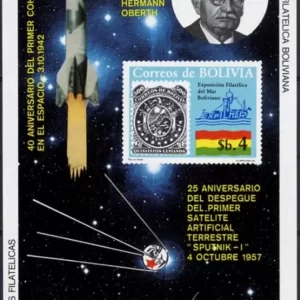
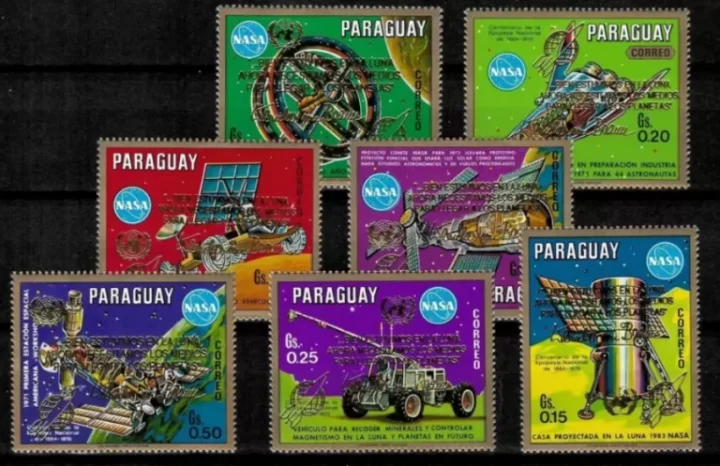




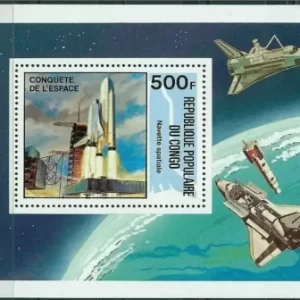
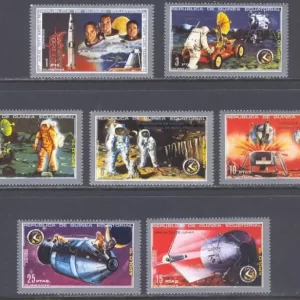
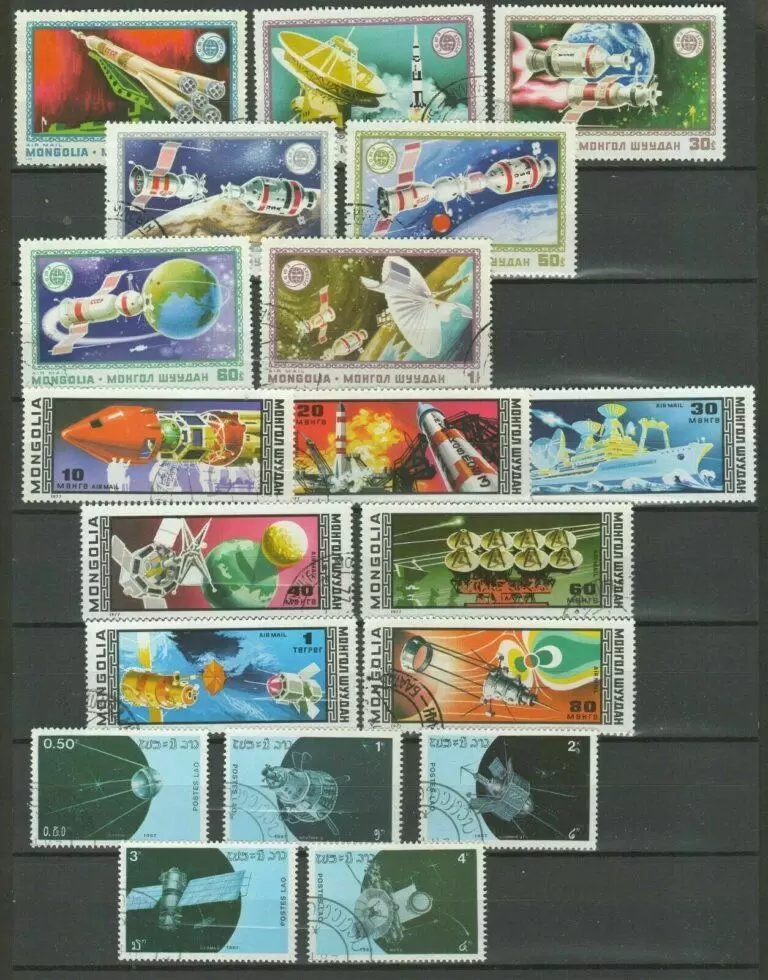
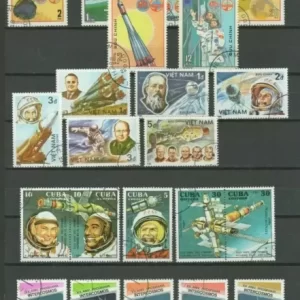
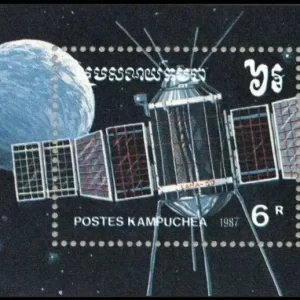
Reviews
There are no reviews yet.